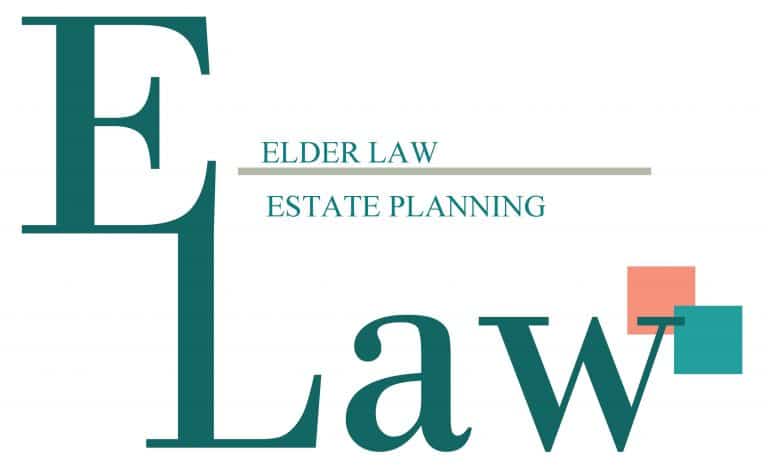How Can a Trust Be Used for Long-Term Care?
More than a few seniors who are retired or nearing retirement lose sleep worrying over being able to afford the expense of long-term care, including nursing home care, which can cost thousands monthly. The fallback option for many Americans is Medicaid in a recent article, “Long-Term-Care planning using Trusts,” from the Journal of Accountancy. Medicaid is a joint federal-state program requiring spending down of assets. Some people plan to qualify for Medicaid even though they have asset levels as high as $2 million or more. Much of this may be the family’s primary residence, especially in locations with elevated real estate markets.
How do New Mexico residents qualify for Medicaid?
To be eligible financially for long-term care through Centennial Care (New Mexico’s Medicaid), a resident’s “countable” assets must fall below an extremely low ceiling of no more than $2,000 per individual. Bank accounts, retirement accounts, stocks, bonds, certificates of deposit, cash, and any other assets that can be easily converted to cash are considered countable assets. New Mexico has special stipulations for whether the residential home is a countable asset based on the home equity value and whether the applicant is still living there.
Using a Medicaid trust is one strategy to qualify for benefits
A Medicaid Asset Protection Trust (MAPT) can also go by the name of “Medicaid Planning Trust,” “Home Protection Trust,” or “Medicaid Trust.” Make sure that the trust you select is Medicaid-compliant. MAPT is an irrevocable trust, which means that it cannot be changed, so once established, the trust document is set until you pass away.
When you put your assets into a MAPT, Medicaid does not count those things toward the asset limit after five years. You do not own those items – the trust does. Medicaid does not count an asset that does not belong to you. The trust can protect the assets for distribution one day to your beneficiaries. Read more in our article: Can I Retain Some Assets and Still Be Eligible for Medicaid?
What role does timing play in planning for Medicaid eligibility?
Many estate planning attorneys recommend clients consider planning in their mid-to-late 60s or early 70s to move assets into a MAPT. This is because of Medicaid’s five-year lookback period and the timing for the Medicaid applicant. Like most states, New Mexico has a five-year lookback period for both nursing home and home health care. If any transfer of countable assets has been made within the preceding five years of applying for long-term-care Medicaid, there will be a penalty period when the person or their family must pay for the care. The penalty is typically measured by the length of time the transferred assets could have paid for care, based on the average costs of the state or the region.
While it is impossible to know when a person will need long-term care, statistically speaking, a person in their mid-to-late 60s or early 70s can expect to be healthy enough to satisfy the five-year lookback.
Medicaid applicants also must be mindful of establishing the trust at a time in life when long-term care is anticipated and will want to continue the trust’s benefits for the rest of their lifetime.
Why not simply make gifts to children during this time to become eligible for Medicaid?
For one reason, there’s no way to prevent a child from spending money given to them for safekeeping. A trust will protect assets from a child’s creditors, and if the child should undergo a divorce, the assets won’t end up in the ex-spouse’s bank accounts. However, the asset is still a countable asset within the five-year lookback period.
Depending on the individual’s financial and familial circumstances, using a trust for Medicaid planning could be combined with gifts to children or assets placed in trust for children.
Working with an elder law attorney is essential to qualify for Medicaid long-term care.
The creation of a Medicaid Asset Preservation Trust that is compliant is complicated. An experienced elder law attorney like Michele Ungvarsky will review all elements of a New Mexico applicant’s financial situation to ensure the transfer of assets follows the required guidelines.
The elder planning attorney must seek to accomplish two things: one, to say to Medicaid that the settlor, or creator of the trust, no longer owns the assets. At the same time, the IRS must see that the settlor still owns these assets and, therefore, receives a basis step-up at death.
However, if the planning is wrong, there is a risk of not qualifying, defeating the objective of creating the irrevocable trust. In addition, any tax planning may be undone, causing liquidity and other problems.
An experienced estate planning attorney will be needed to advise you and create a Medicaid Asset Preservation Trust to meet the Medicaid and IRS requirements. Request a consultation with E-Law to discuss the use of a MAPT to see if it is the right strategy for you or an elderly loved one.



